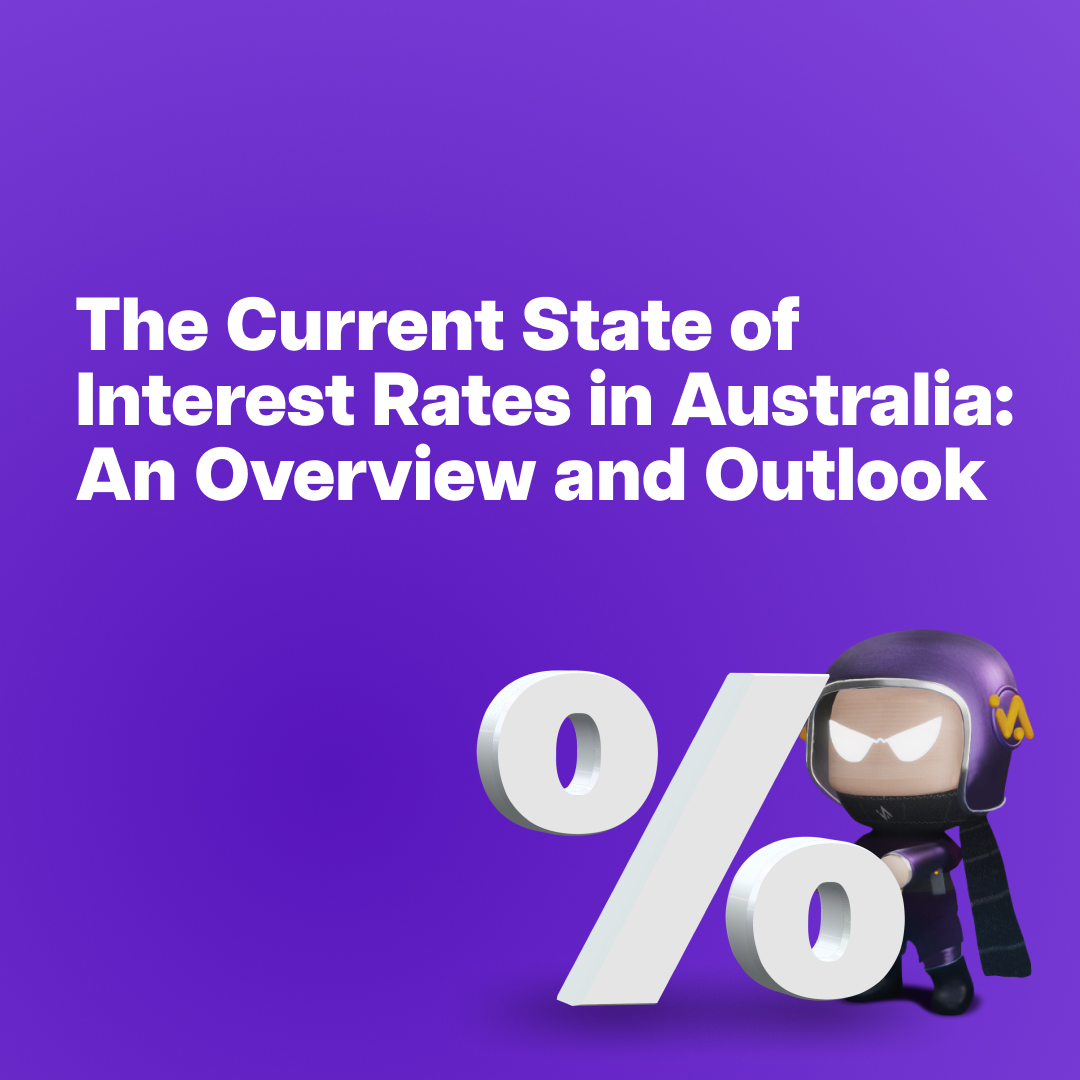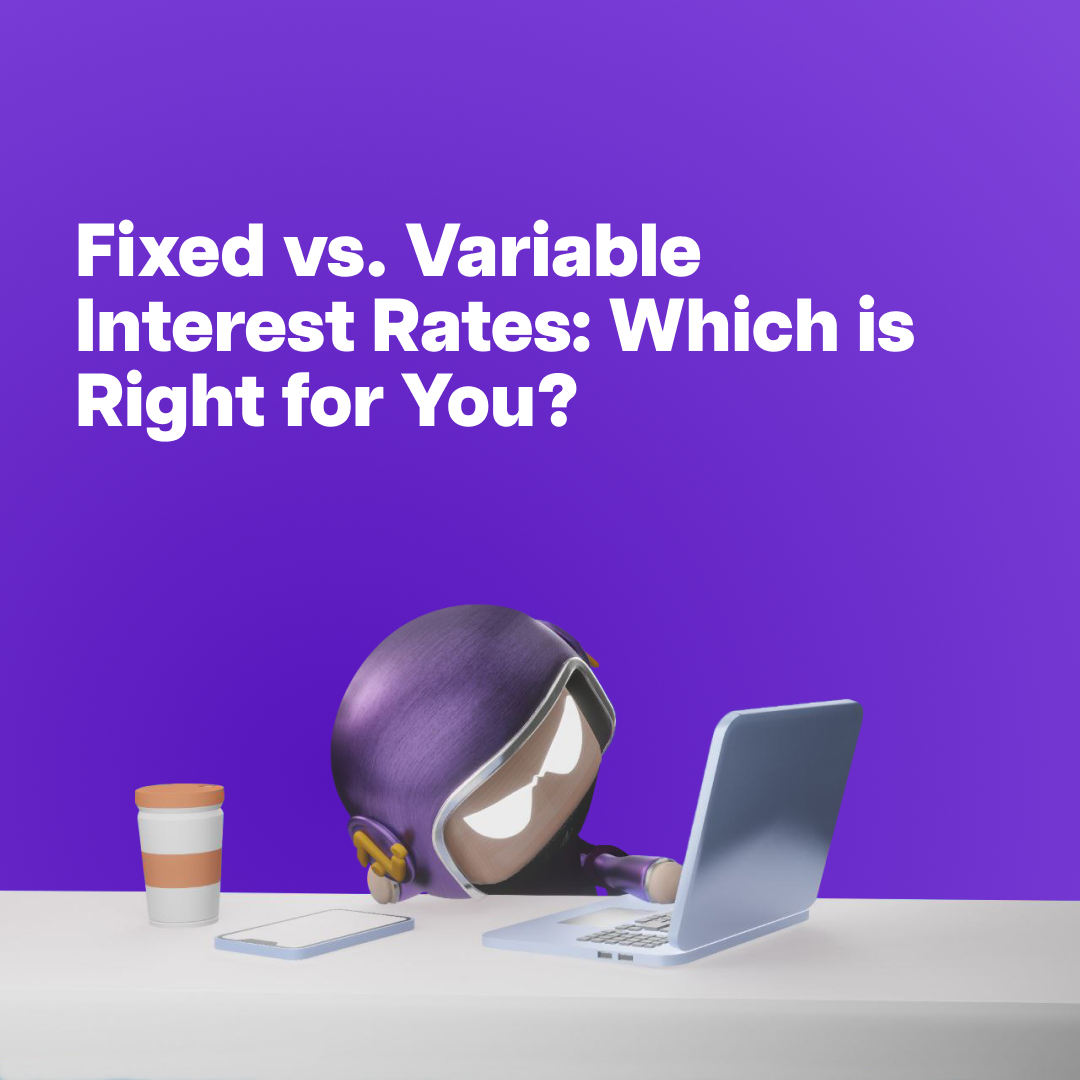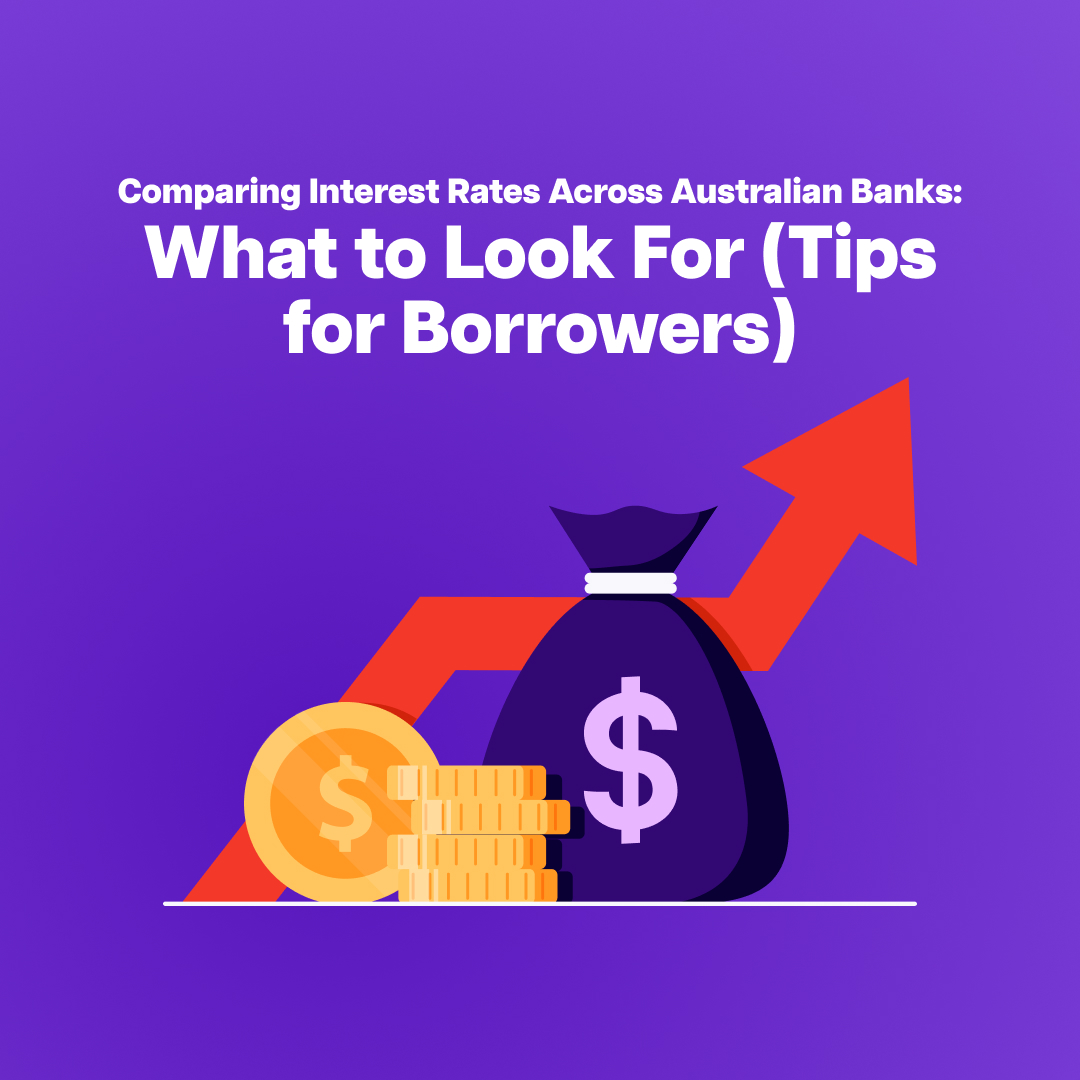Sign up to our fortnightly newsletter that adds value to your mornings - rather than just adding clutter to your inbox.
While you wait for your morning coffee, get educated on all things money management, taxes, interest rates and credit scores - to help improve your financial wellness


The Current State of Interest Rates in Australia: An Overview and Outlook
Interest rates play a significant role in any economy, including Australia. The Reserve Bank of Australia (RBA) sets the official cash rate, which has a massive impact on interest rates for various...

Fixed vs. Variable Interest Rates: Which is Right for You?
When it comes to choosing an interest rate for your mortgage or other financial product, there are two main options: fixed and variable rates. Each has its advantages and disadvantages, and the decision can have significant long-term implications for your finances. Let’s explore the differences between fixed ...

How Interest Rates Affect Your Loan Repayments in Australia
Interest rates are a critical factor in determining the cost of borrowing money. In Australia, interest rates have a significant impact on loan repayments, whether you're taking out a mortgage, personal loan, or other forms of credit. In this article, we'll take a closer look at how interest rates affect...

Comparing Interest Rates Across Australian Banks: What to Look For (Tips for Borrowers)
When it comes to borrowing money, one of the most critical factors to consider is the interest rate.
Interest rates are a critical factor in determining the cost of borrowing money. In Australia, interest rates have a significant impact on loan repayments, whether you're taking out a mortgage, personal loan, or other forms of credit. In this article, we'll take a closer look at how interest rates affect your loan repayments in Australia and what you can do to manage these costs.
Before we dive into the nitty-gritty of loan repayments, let's first understand the basics of interest rates. Interest rates are the cost of borrowing money, expressed as a percentage of the amount borrowed. When you borrow money, you are required to pay back the principal (the amount you borrowed) plus interest.
Interest rates are determined by various factors, including the Reserve Bank of Australia's cash rate, inflation, and the state of the economy. When the cash rate is high, lenders' borrowing costs increase, and they, in turn, pass on these costs to customers in the form of higher interest rates.
Interest rates have a direct impact on loan repayments, with higher interest rates leading to higher monthly repayments. When you take out a loan, your lender will provide you with a repayment schedule that outlines the amount you need to repay each month.
The repayment amount is determined by several factors, including the amount you borrowed, the length of the loan term, and the interest rate. For example, if you borrow $200,000 over 30 years with an interest rate of 4%, your monthly repayment will be approximately $955.
However, if interest rates increase, the amount you need to repay each month will also increase. Using the same example above, if the interest rate increases to 5%, your monthly repayment will increase to approximately $1,073.
As interest rates can fluctuate over time, it's essential to manage the risks associated with these fluctuations. One option is to opt for a fixed-rate loan, which allows you to lock in a particular interest rate for a set period. Fixed-rate loans provide certainty as you know exactly how much you need to repay each month, regardless of any interest rate changes.
However, fixed-rate loans often come with higher interest rates compared to variable-rate loans, as lenders need to account for the risk of interest rate fluctuations. On the other hand, variable-rate loans have interest rates that can change over time, but they often come with lower interest rates compared to fixed-rate loans.
When choosing between fixed and variable-rate loans, it's essential to consider your financial situation and goals. If you're comfortable with the risk of interest rate fluctuations and prefer lower interest rates, a variable-rate loan may be the right choice for you.
On the other hand, if you prefer certainty and want to know exactly how much you need to repay each month, a fixed-rate loan may be a better option. Additionally, if you're concerned about the impact of potential interest rate increases on your loan repayments, a fixed-rate loan can provide peace of mind.
In conclusion, interest rates play a vital role in determining the cost of borrowing money and the amount you need to repay each month. As interest rates can fluctuate over time, it's important to manage the risks associated with these fluctuations.
Still have questions?
If you have any questions or enquiries,
visit our FAQ bunker or give us a call.

